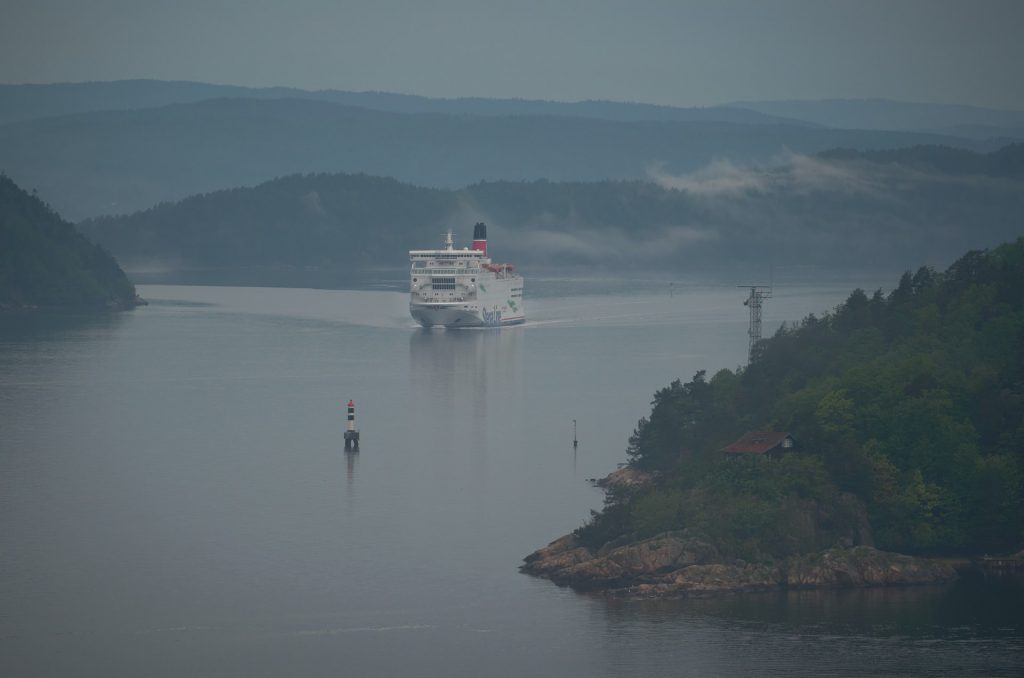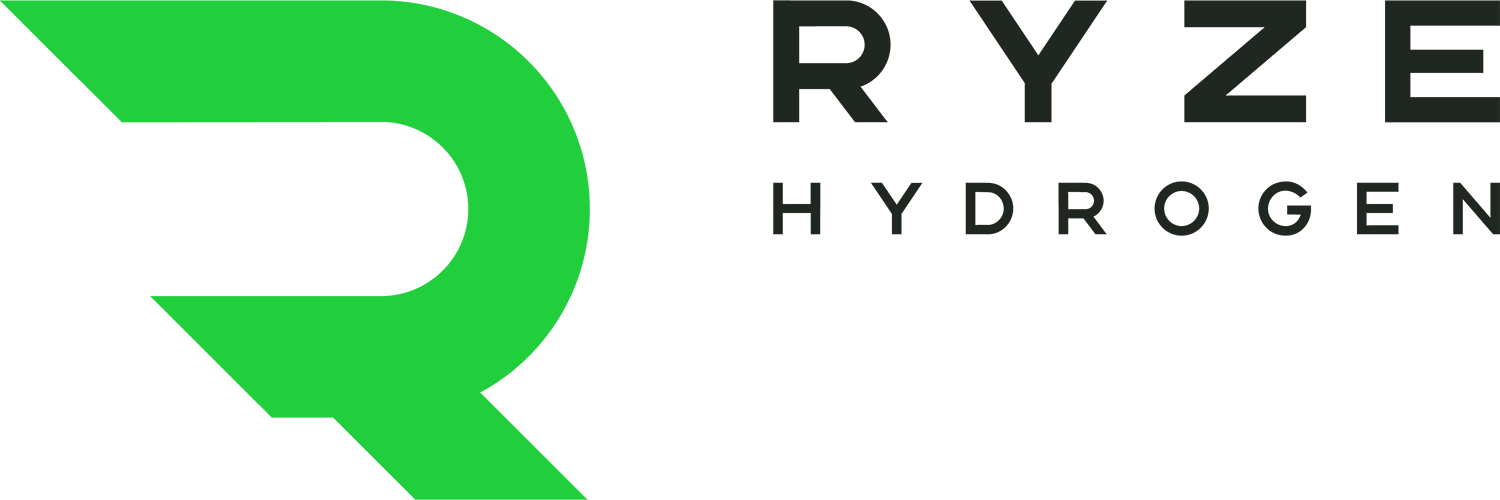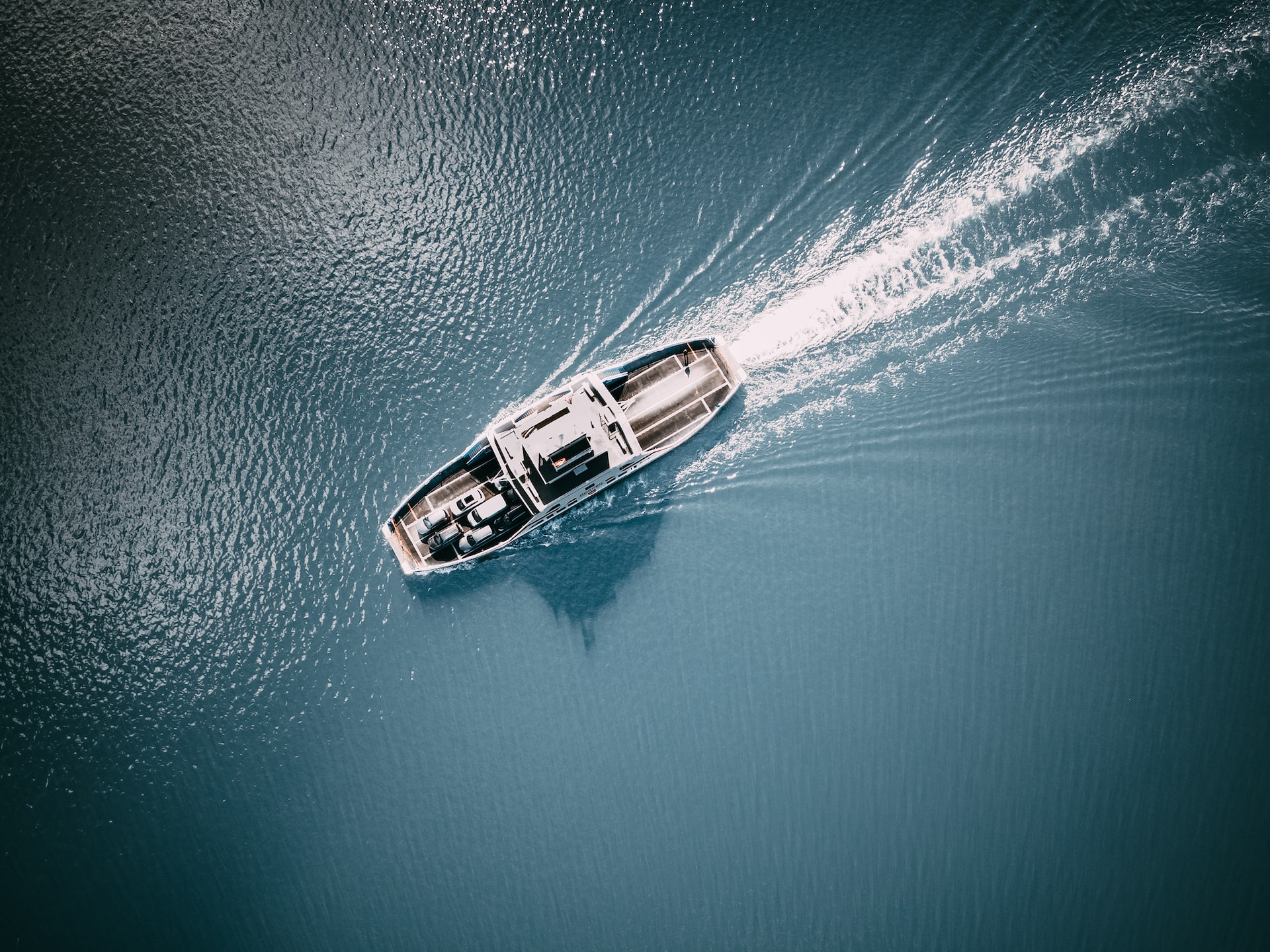Two hydrogen-powered ferries set to plough Norway’s longest ferry route have received approval in principle from Lloyd’s Register, setting a standard for future vessels in their class.
The ferries, designed by Norwegian Ship Design for ship owner Torghatten Nord, will use a minimum of 85% green hydrogen fuel, reducing carbon-dioxide emissions on the route by 26,500 tons a year.
Green hydrogen is produced by splitting water with electrolysers powered by renewable energy. Hydrogen produces no carbon dioxide when combusted or used in fuel cells to generate electricity.
Lloyds Register gave the approval in principle following a comprehensive risk-based HAZID certification, a system to identify any potential hazards.

The new ferries will use a minimum of 85% green hydrogen fuel, reducing carbon-dioxide emissions on the route by 26,500 tons a year.
“We have evaluated a number of different solutions for the onboard hydrogen system and have come up with a unique and safe concept that takes hydrogen’s properties into account,” said Norwegian Ship Design CEO Gjermund Johannessen. “What we are developing now will likely set the standard for an entire class of passenger ships powered by hydrogen.”
Lloyds Register provided an approval in principle to bulk carrier With Orca in March 2022, which will be powered by a hydrogen combustion engine.
Torghatten Nord’s hydrogen fuel-cell ferries are scheduled to enter operation in October 2025. With Orca is set to enter into service in early 2024 and has a long-term transport contract with cargo owners Felleskjøpet Agri and Heidelberg Cement.
“We are pleased to award Torghatten Nord approval in principle based on an extensive risk analysis of the concept and technology,” said Markus Büsig, north Europe president, Lloyd’s Register. “Lloyd’s Register has been present in Norway for 150 years, and we see this as a landmark project that will drive forward the use of hydrogen as a safe and sustainable future fuel.”
Momentum is building behind clean hydrogen to decarbonise marine transport and shipping, which emits 940 million tonnes of CO2 annually and is responsible for 2.5% of global greenhouse gas emissions. Batteries are not a viable option – a typical British ferry would require a battery weighing 5,000 tonnes using current technology – while biodiesel has been shown not to be carbon neutral.

Momentum is building behind clean hydrogen to decarbonise marine transport and shipping, which emits 940 million tonnes of CO2 annually and is responsible for 2.5% of global greenhouse gas emissions. Batteries are not a viable option – a typical British ferry would require a battery weighing 5,000 tonnes using current technology
The world’s first liquid hydrogen powered ferry, the MF Hydra, was delivered to operator Norled in July 2021. The 82.4-metre-long vessel has a capacity of up to 300 passengers and 80 cars.
A team in Scotland has been working on a double-ended hydrogen-powered vessel to transport passengers and cars on a 25-miute route between Kirkwall and Shapinsay in Orkney.
In a move designed to help fast-track the shift to clean hydrogen in the shipping industry, Norwegian supplier of hydrogen-based energy systems for vessels HAV Hydrogen this week revealed a deck-based containerised hydrogen energy system for ships. The stand-alone, scalable solution contains all support and safety systems as well as electrical power management.
Hydrogen is leading the way as the clean fuel of choice in shipping, aviation and heavy goods vehicles as well as making inroads into the consumer auto segment.
The future is now. Let’s grasp it.
To learn more about Ryze Hydrogen click here.






